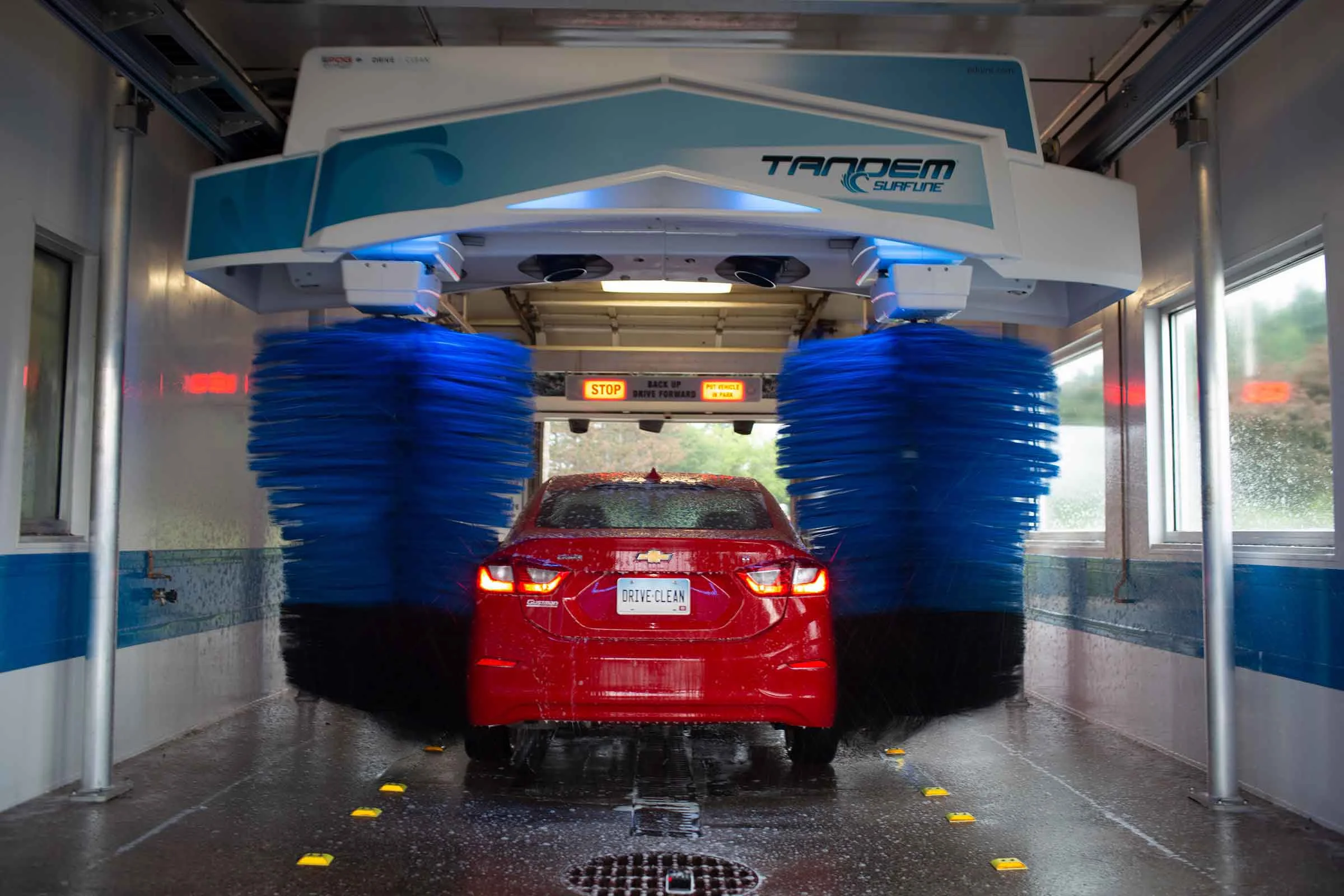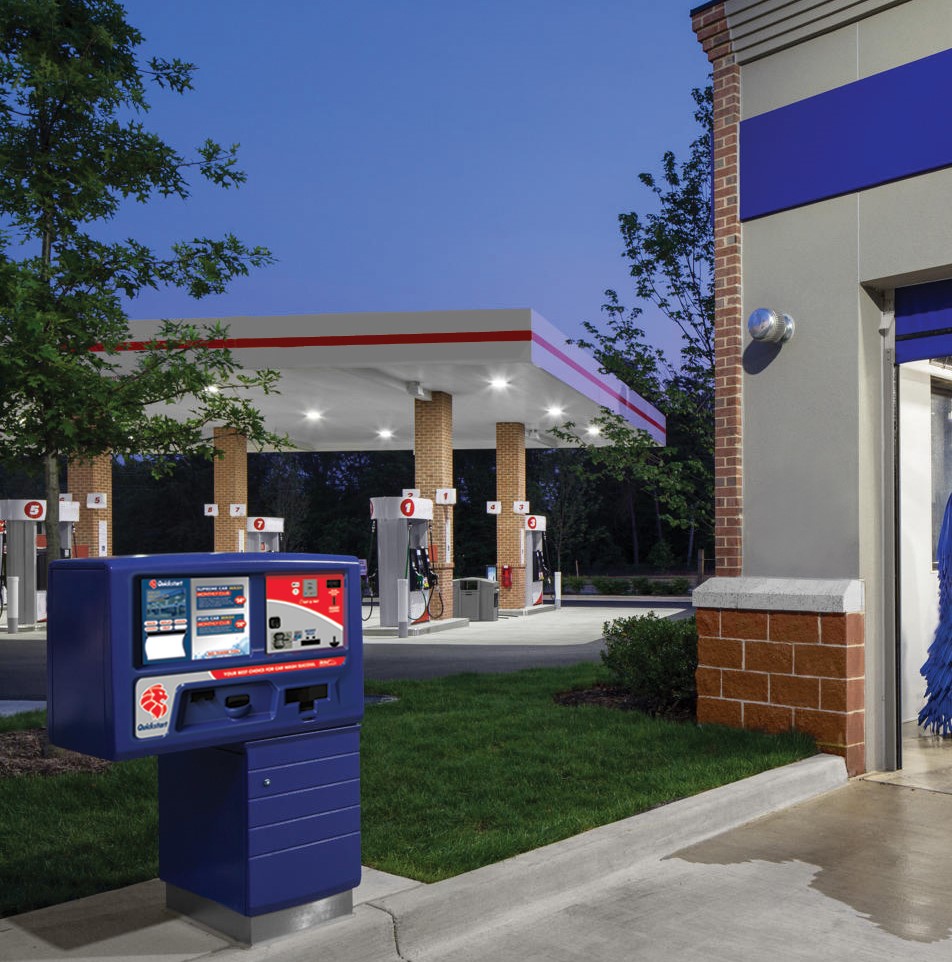How To Determine And Maximize Roi On Your Car Wash
Are you interested in opening a car wash?
According to the International Carwash Association, the percentage of drivers in the United States that wash their vehicle at a professional car wash has increased from approximately 47% in 1994 to 72% in 2014. Plus, there are millions of vehicles on the road and every one of them needs to be washed at some point. Couple that with the fact that consumer-behavior studies indicate that drivers are taking better care of their vehicles, including having them washed regularly, and you might be gaining interest in this segment.
However, before jumping in feet first, investors should perform the necessary research and due diligence that can have the business on the right path from the day the doors open.
Other positives of a car wash investment include:
- Potential high rate of return on investment (ROI)
- Minimal cash-flow or inventory-control issues
- Cash business with no accounts-receivable worries
- Low operating costs
- Minimal labor costs
- Broad customer appeal
- Attract additional customers to retail site (c-store, fuel station, big-box retailer, etc.)
Starting the Journey
The journey to determining and maximizing a wash site’s ultimate ROI begins many months before the first vehicle rolls through the tunnel. It begins with the development of a business model, including an analysis of initial expenses. For an operator who is opening a new location, the most obvious – and highest – costs will be those for land, building construction, equipment and permits.
Demographics
A number of demographic factors also play into the equation of whether or not a particular site will be a good one for a wash operation, such as climate, market profile, traffic count/type, household income within five miles of the site, vehicle per household, population within five miles of the site, retail atmosphere, and number/type of competitors.
Where the site falls within these demographic categories will not only help determine if it is viable for a car wash operation, but also the optimum size needed to serve the market.
Wash Segment
Once the site is selected, the operator must determine what type of car wash to place on it. Again, demographics will play a role in this selection, which usually comes down to one of three choices – in-bay automatic, full or mini-tunnel or self-service. Within those options, the operator will need to choose between touch-free (brushless) or soft-cloth (friction) styles of washing.

Other Details
Things like staff size, who will service the wash when/if repairs are needed, signage requirements and more fine-grain issues like whether or not to offer a loyalty or fleet program must also be determined. The final piece of the equation concerns the “eye test” – is the site pleasing to look at and will it attract customers, not only when it first opens, but two or three years after it has (hopefully) been in operation. Keeping the site clean and appealing is critical in attracting and keeping customers.
Put all of these ingredients in a big bowl, mix them up and if you have the proper proportion for each, you’ll produce a recipe for a successful car wash operation, with studies showing that the average time needed to realize a complete ROI ranging from five to seven years.
Next Steps
If you want to talk to an expert, the best choice is to discuss the details with a car wash distributor. They will offer you advice on the local market, best segment and technology for that area and a wealth of other profitable advice. Click here to find the distributor closest to you.
For additional information, the International Carwash Association periodically publishes a US Consumer Study that codifies the car wash consumer’s motivations, needs and preferences when making purchasing decisions. This can be an invaluable tool for anyone who is looking to open a new car wash or improve the performance at an existing location or locations.








